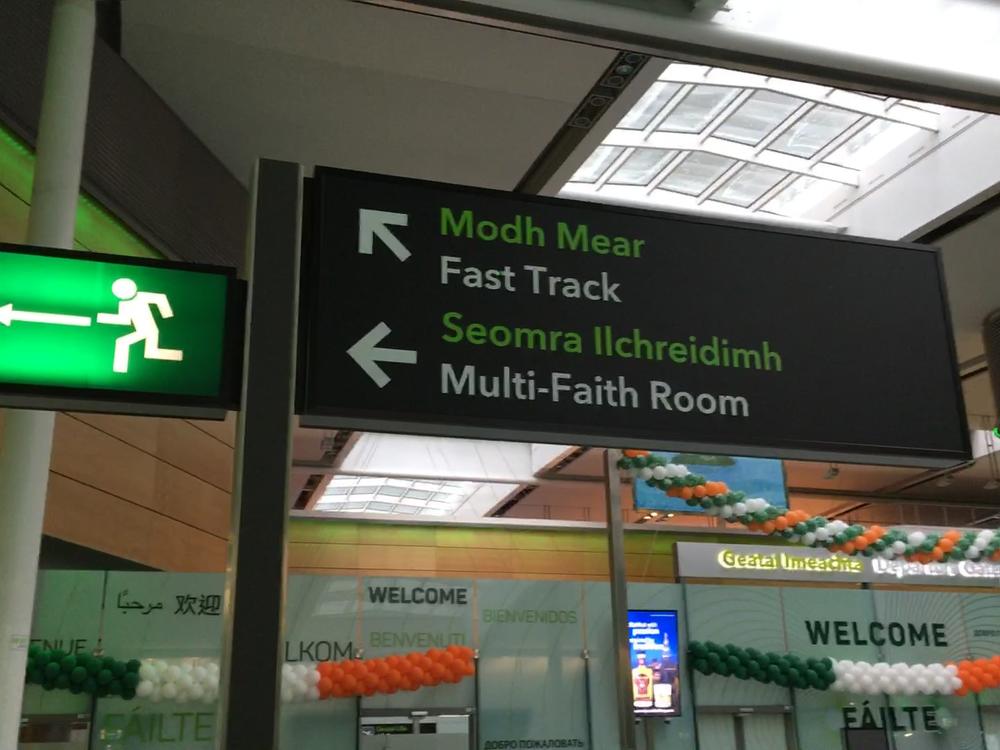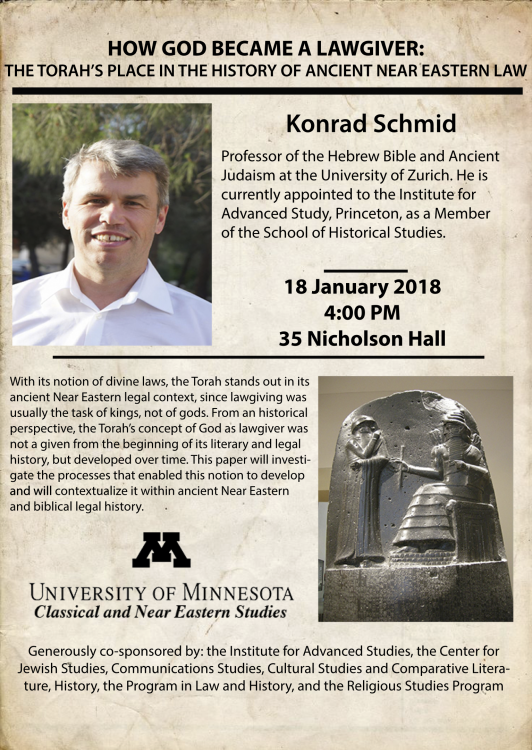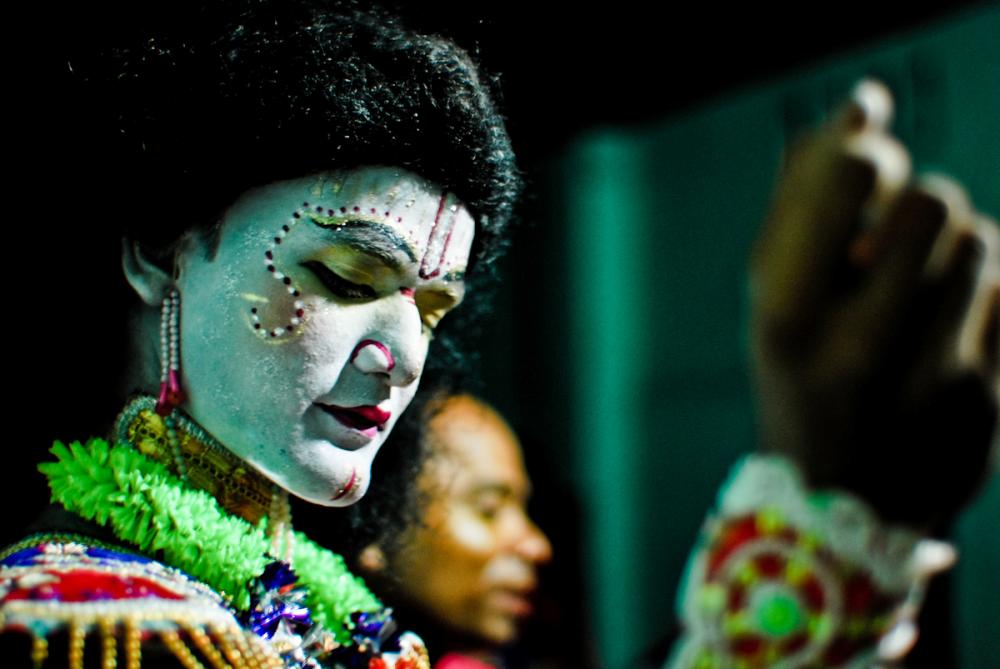Winnifred Fallers Sullivan | Teaching Religion in Public: Re-reading Abington v Schempp for the Twenty-First Century (Roetzel Family Lecture in Religious Studies)
What does it mean to teach religion in public? Is the task of religious studies instructors different at a public university? The US has decided constitutionally not to define religion—indeed, it is radically indeterminate by design—yet under the free exercise clause the US has decided to protect it, and it must be defined in order to be protected. And while religious studies instructors reflexively understand the words “religion” and “religious” to change meaning over time and place, the law plays a part in the consolidation of those meanings.


